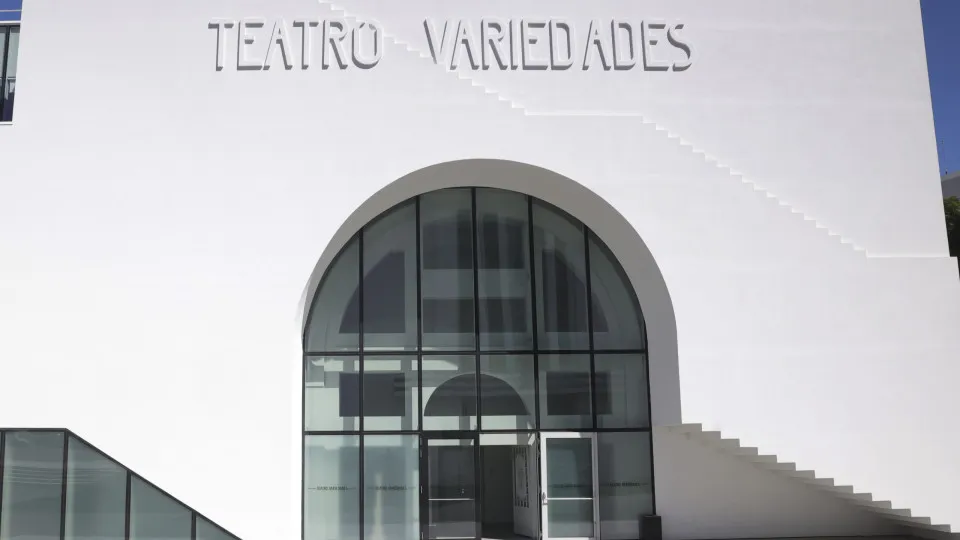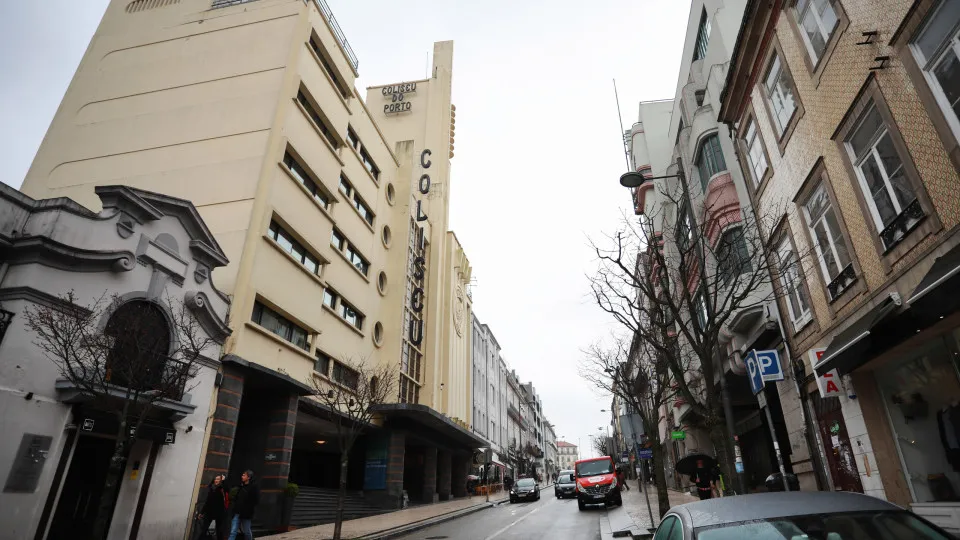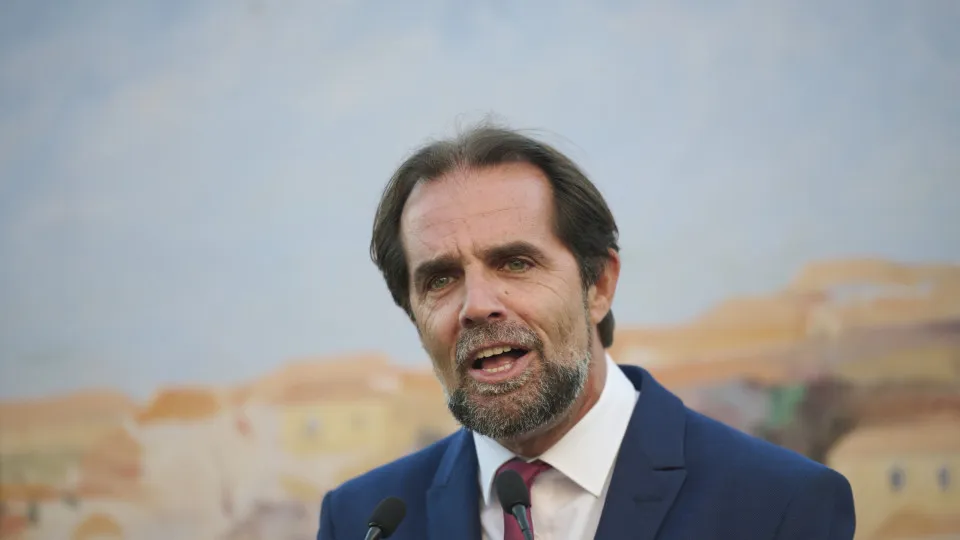
José Raposo addressed journalists on the sidelines of a partial rehearsal of the show “Reality Show: Os Raposos — 3027,” which debuts today, featuring José Raposo and his sons Miguel and Ricardo together on stage for the first time.
The play itself explores the concept of performance, oscillating between reality and fiction, future and past, rehearsal and representation, in a hall of mirrors revisiting the familial and artistic legacy of José, Miguel and Ricardo Raposo, while also questioning the role of theater in an era saturated with infotainment. For the actors, challenges abound regarding the physical space at Variedades.
“The team – and this is very important to say -, the team at this theater, from management to information to the technicians, is fabulous,” said José Raposo, adding that they found at Variedades “an extraordinary group of people who welcomed them wonderfully,” which “is half the battle for someone to feel very comfortable, anywhere,” he noted.
Regarding the physical space, however, the actor expressed “many criticisms,” recalling his experiences with the previous Variedades. “It was a fabulous theater; I will never understand why they tore it down,” he said, arguing that it should have been “restored and rebuilt within its original structure.”
This “is indeed” José Raposo’s opinion, who believes the new Teatro Variedades “isn’t better in any way,” pointing out shortcomings that hinder actors’ work, such as the design of the dressing rooms, for instance.
Despite the new theater’s elegance and “very clean” architecture, the previous one “was a marvelous theater on all levels,” he stated. “But there are very strange things in Portugal,” he emphasized, noting that functionally, the new building does not facilitate “theatrical productions at all.”
“It could have been different but still highly functional and well-suited for staging plays; however, it’s not,” Miguel Raposo added. But “indeed, it’s not true. It often doesn’t help us,” Miguel Raposo remarked.
Among the new building’s dysfunctions, José Raposo cited the dressing rooms as an example. Besides lacking windows, it’s difficult for anyone to “notice the existence of a coat rack,” as they have a small closet barely distinguishable from the walls.
Another example given by José Raposo is the artists’ access to restrooms, requiring them to descend stairs, as they are located on floors below the dressing rooms, in a labyrinthine path.
Despite everything, “being at Variedades is better than being nowhere,” José Raposo praised the “eclectic and varied programming” the venue has offered the public, hosting artists and shows from “various theatrical genres, which is fantastic.”
He reiterates that the team “is wonderful,” both from a human and professional standpoint.
Teatro Variedades, a project by Urbano de Castro, was inaugurated in 1926 and maintained regular activity until the 1960s.
Specializing in revue theater, some of Parque Mayer’s greatest successes were staged there with casts featuring artists such as Beatriz Costa, Vasco Santana, and Mirita Casimiro.
After being damaged by a fire in 1966, the old Variedades was restored and, in the 1990s, hosted the program “Grande Noite” by Filipe La Féria, remaining closed for 30 years thereafter.
With a project by architect Manuel Aires Mateus, the rehabilitated Teatro Variedades retained the main hall’s format and the facade’s portico and reopened on October 5, 2024.
“Entraria nesta sala,” a play by Ricardo Neves-Neves, was the show with which Lisbon’s city council marked the inauguration of the new theater, which will celebrate its centennial in 2026, also commemorating Parque Mayer’s centenary (1922-2022).




